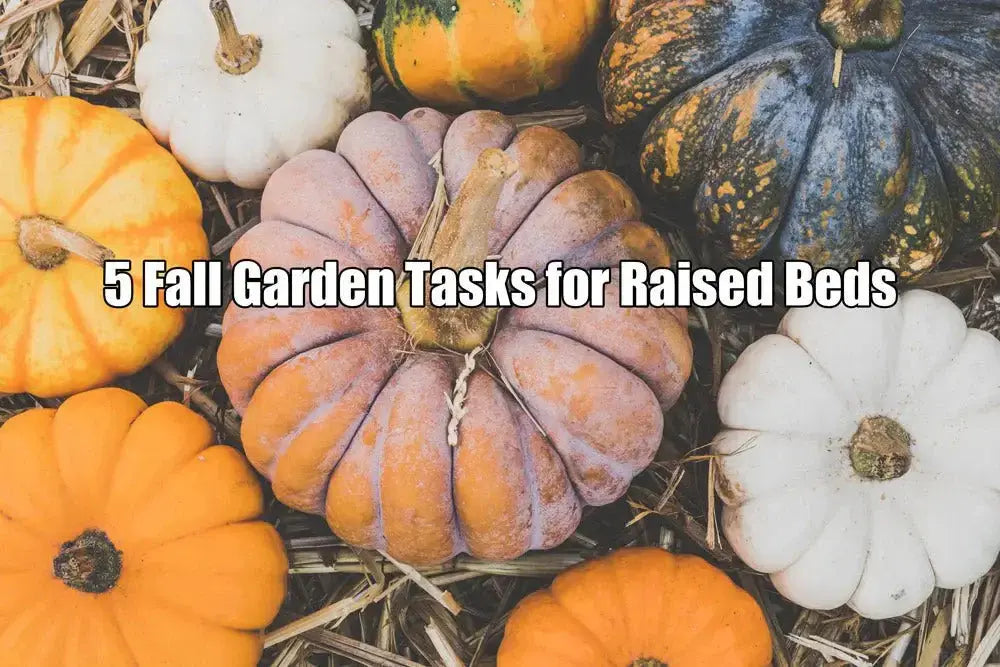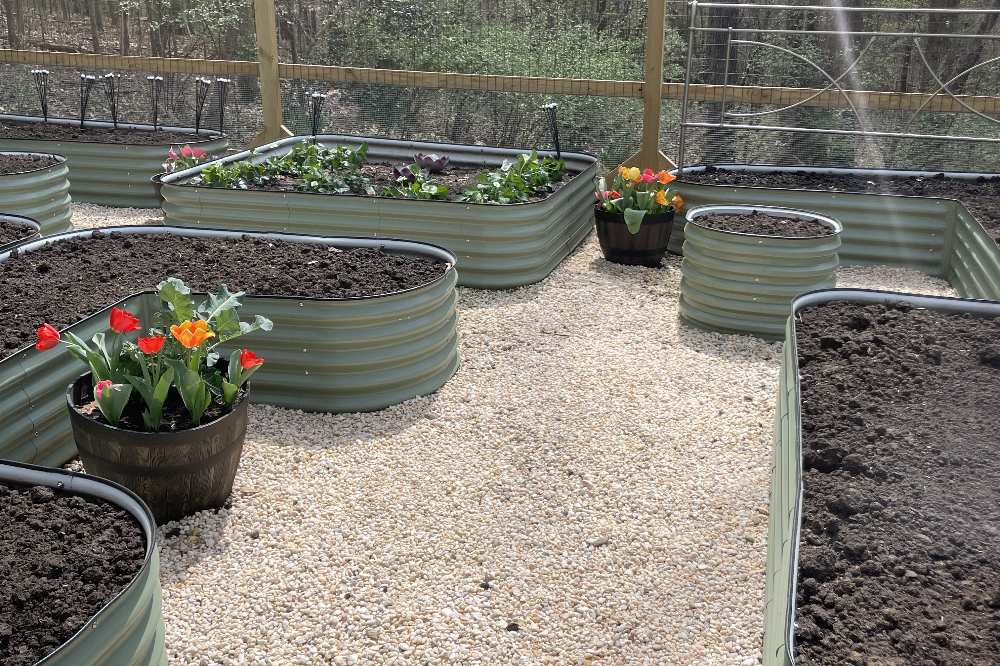Creating a Christmas kitchen garden in your raised beds
Creating raised beds in your garden may be easy for some – until winter comes along. If you are looking for ways to create the perfect winter garden with what you already have in your backyard, you have come to the right place! Together, we can overcome any challenge that comes our way, including low temperatures. It is the perfect time to start working on it, so here is what you need to do!

The raised garden beds are clever structures that can help you grow all kinds of fresh produce, flowers, and herbs. Simply put, they are the perfect way to start your gardening project. But before you get carried away, take a peek at what you need to familiarize yourself with first.
How to work around the garden bed?
First, the thing you need to look after the most when creating a magical kitchen Christmas table is how to fill your raised beds correctly. Many gardeners have asked this question over the years, and it is okay for you to ask it, too. The most useful approach you will find is to create a layered structure inside the raised beds. Start with a layer of shrub pruning, then some waste, and finally, garden soil. As the first layers are established, top it all off with compost and potting soil. As we go further, the next step would be to plant the plants we want to grow in the beds – these go in the top layer!
Provide protection on your raised beds
When we want to plant kitchen Christmas plants, it usually means they will thrive and grow during the cold weather. As sturdy as some of the plants from your selection are, you still need to provide them with a little bit of protection against the cold weather conditions. The good news is that we have already done that by simply adding the slowly rotting materials to the raised beds. They help create and keep heat and are an excellent starting point. Unfortunately, in most cases, they are not enough.
Consider taking some additional steps to ensure the health and safety of the plants. Protecting them against cold and moisture is essential – that is why many people utilize polytunnels or roofs. These can additionally protect the plants from harsh conditions.
But your greens also need to breathe during winter, so if you had a plan to wrap them up nicely, think again. Yes, protecting your plants with a good cover is always a good idea, but you need to leave the covers open during the day. Do this, at least from the sides, so the plants get all the oxygen they need. So, instead of a foil tunnel, take the double fleece layer to protect the plants from frost. Also read: Preparing Raised Garden Bed for Winter.
Creating the Dream Christmas Kitchen Garden
A few veggies are typical for wintertime, but if you want to harvest them in the season, you will probably have to plant them as early as May. Considering that, the winter plants you sow in May will probably have a harvesting timeframe of somewhere between November and February.
The first thing we do when harvesting the plants is pay attention to the frost. When picking vegetables, keep in mind that they should be without any frost because it will damage their taste. The only exception to this rule seems to be the sprouts – they become less bitter whenever frost hits them.
For example, some of the lettuce plant varieties that feel good even when the temperatures are low include spinach, lettuce, and lamb’s lettuce. On the other hand, bird’s lettuce grows throughout the winter, but you can only do one harvest from it. You can also consider including radishes and leeks in your raised beds, as they thrive amazingly at low temperatures. However, if you want to harvest the leeks in winter, then you need to plant them early in the year.
Plants For A Raised Bed Christmas Kitchen Garden

Now that you know the process, let’s take a look at the best hardy veggies you can enjoy in winter. Plant them in your raised beds and sow them during the colder months!
Asian salads
Now that you know the process, let’s take a look at the best hardy veggies you can enjoy in winter. Plant them in your raised beds and sow them during the colder months!
Baby leaf salads
Consider planting your baby leaf salads in September. The sowing time is August, while they’ll be ready to harvest from November to January.
Sprouts
If you want to grow sprouts in your raised beds, it’s best that you plant them in May. In turn, they’ll be ready for you just when winter is about to hit in November.
Leeks
The best planting time for leeks is May. The sowing time is February. The best harvesting time for this vegetable is from November to March.
Radish
September or January is the ideal time to grow radishes. Since they thrive in cold temperatures, they’ll be ready for harvesting in late December or at the beginning of March.
Rocket
The best planting time for rockets is between September and early November, and the same applies to their sowing. When it comes to harvesting them, they’ll be available in November and March.
Spinach
Everyone knows spinach is practically untouched in the cold, which is why it thrives during the winter months. If you want it ready at the beginning of the year, plant the iron-packed green in November.
Lamb’s lettuce
Finally, Lamb’s lettuce is also quite cold-tolerant, but it likes a bit of heat compared to the previous greens, which is why you should plant it in mid-October. The ideal harvesting time is when the year is about to finish.
Once spring comes
As soon as spring comes knocking at the front door, harvest everything that is left in your raised beds. By this time, you will have enjoyed the fullest, dreamy Christmas kitchen garden, and all left in it is mostly not edible anyway. The final thing you can do here is keep everything left and use it as a fertilizer for future seasons. Just add some topsoil to your raised beds and continue planting as usual.
For now, you have completed everything you wanted to! We hope you enjoyed the festive season, and if you liked this article, there is more where that came from – keep on reading!



I was disappointed to learn after receiving my order for the bed covers and frames, that they are very difficult to install once all the raised bed is full. They came out long after I owned four raised beds. I won’t be able to use them until I clear out all fall/winter crops. And I needed them for frost protection mainly!